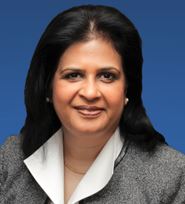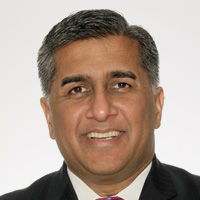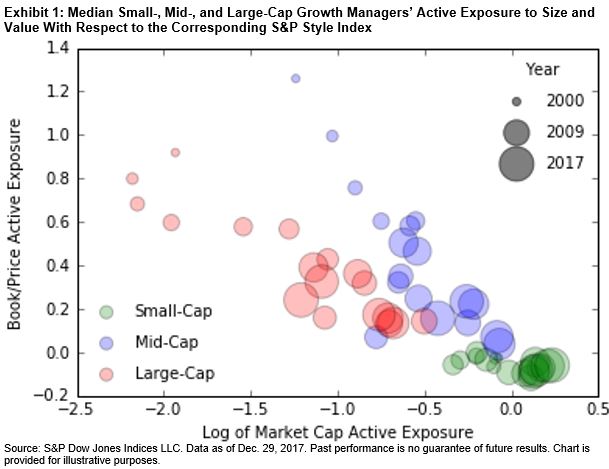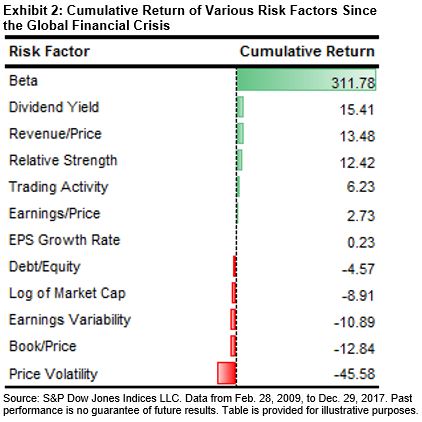The fixed income market has historically been relatively illiquid in India, as well as globally. The Indian bond market is smaller than other Asian markets like China and Korea, but it is more liquid than they are, yet it is still largely inaccessible to retail investors. The nature of trading that is almost entirely over the counter, leading to price opacity, and the large issuance size of the bonds combine to make it out of reach for the average Indian investor. Bond exchange-traded funds (ETFs) may be able to solve these issues, which may be part of the reason bond ETFs have soared in popularity in developed markets recently.
The widespread perception is that bond ETFs help bring liquidity to the market. First, bond ETFs allow institutional and retail investors to partake in a larger pool of fixed income securities than they normally would have easy access to. Multiple bonds can be bought in smaller chunks defined by the ETF price and size, catering to all appetites, offering a solution to the large issuance size problem. In the case of Indian government securities, ETFs provide the smooth rollover benefit, where the most recently issued bond replaces the earlier issue with no costs associated for the investor, proving to be cost-effective for the average retail investor to manage. In addition, corporate bond market ETFs can be designed to capture desired duration and yield, which can make targeted exposure far easier to achieve.
Bond ETFs can offer low execution costs and allow price discovery. Buyers and sellers can offset each other, removing the need for the frequent buying and selling of underlying securities. As bond ETFs increase in popularity, the buying and selling of ETFs can far exceed that of the underlying securities, contributing to an overall increase in market liquidity. Price discovery happens as the price of the ETF should be a reflection of the index underlying it, which in turn is determined by the weighted sum of the underlying securities. In addition, the act of trading on stock exchanges, unlike for underlying securities, brings transparency to an opaque market. While investors can buy and sell ETFs as a single block, they don’t have to trade in the underlying securities. Authorized participants are permitted to trade in the underlying securities of the ETFs, with the ETF sponsor fulfilling the important role of keeping the net asset value of the ETF in line with the value of the underlying securities. Even during times of market stress, a bond ETF would be at least as liquid as the underlying securities. Finally, ETFs mandate the publication of the underlying securities to be made public daily, which makes the investment even more transparent than a bond fund.
The posts on this blog are opinions, not advice. Please read our Disclaimers.
















